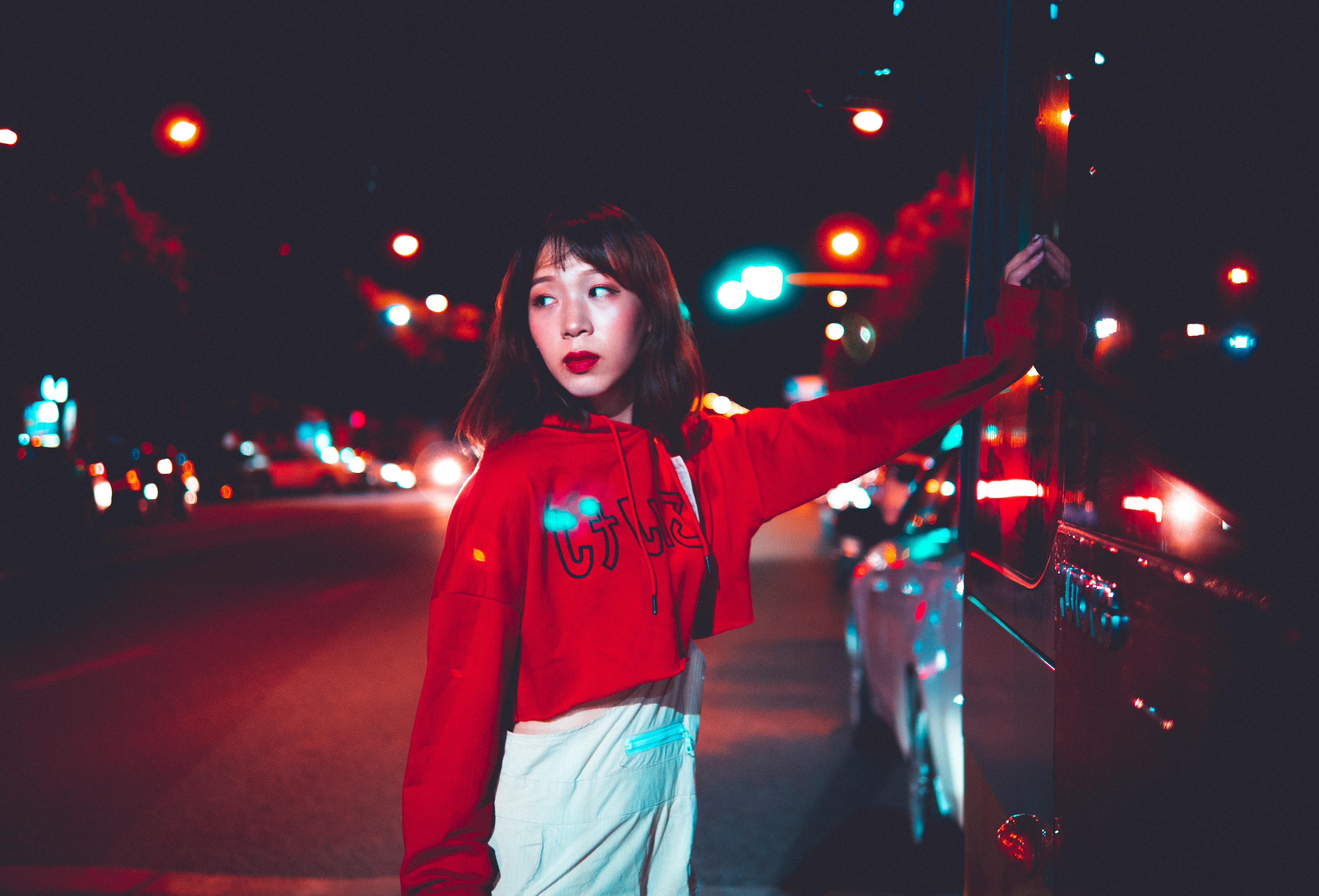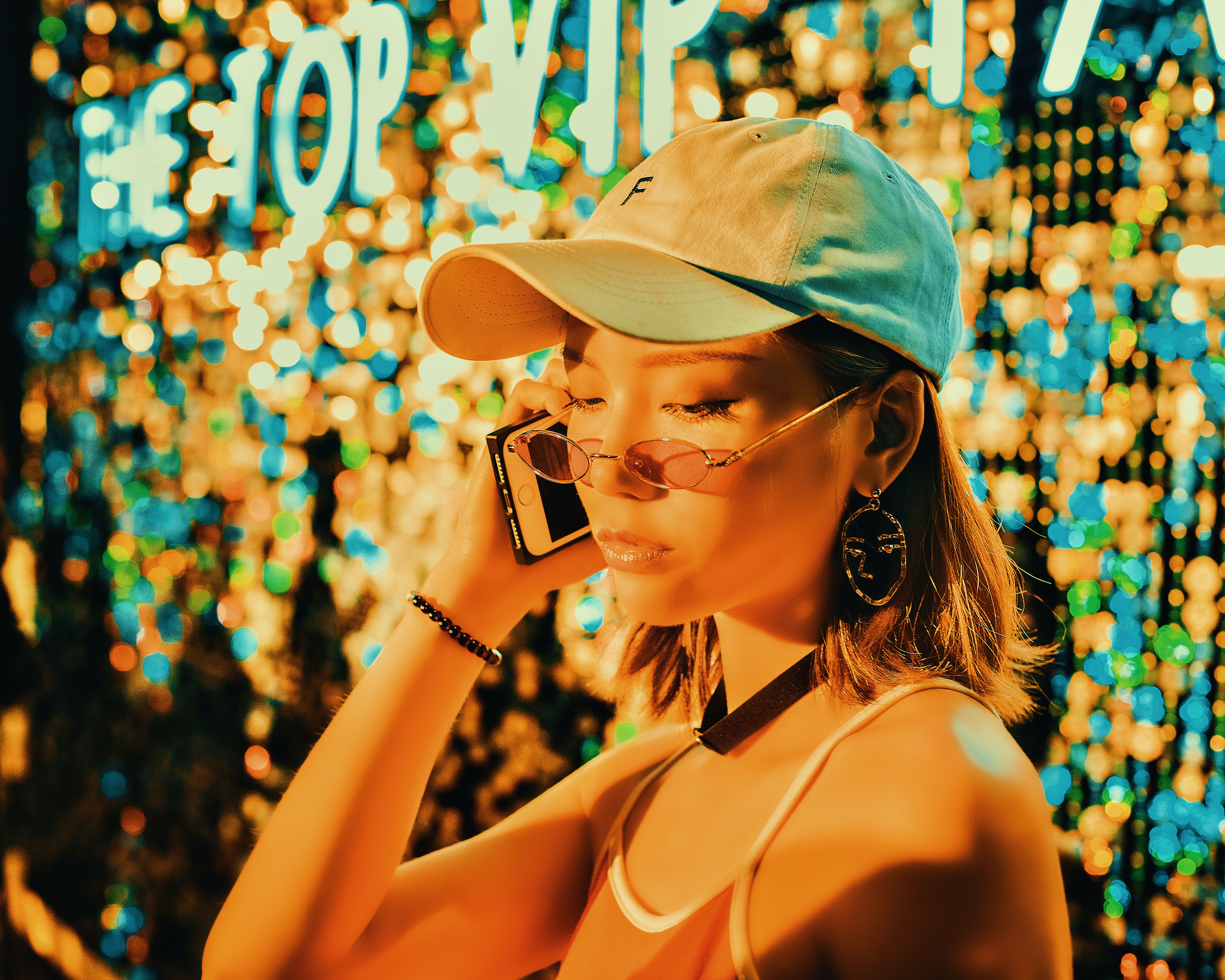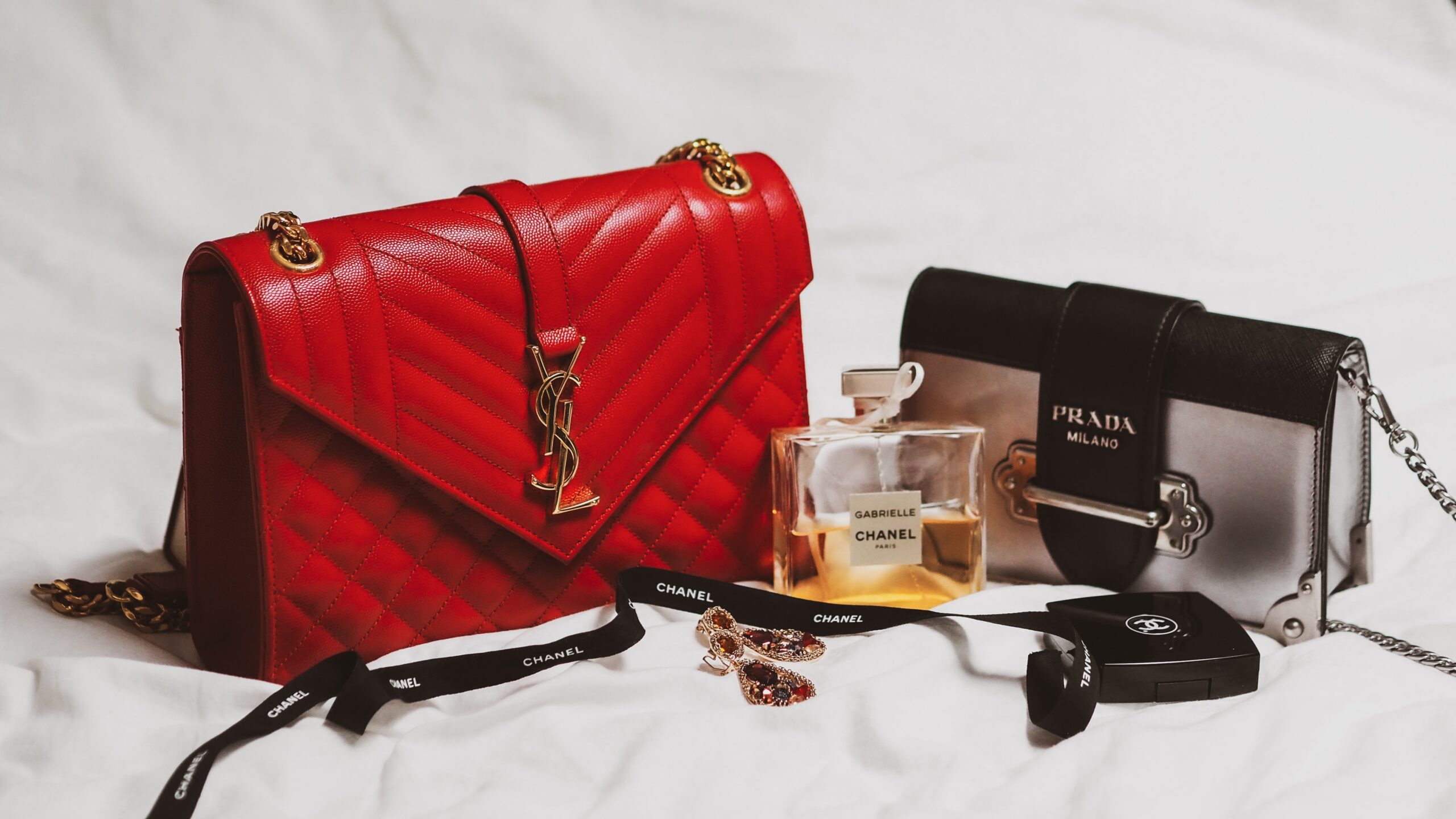Imagine, Jay Gatsby from the movie “The Great Gatsby” swiping and scrolling websites to find a perfect pair of luxury shoes for his party. In 2020 this seems quite normal but a decade back I would have been called mad for associating luxury products with ecommerce. Mind you, I am talking about luxury brands who characters like Richie Rich, Gordon Gekko, Bruce Wayne and others would have interacted with. No, please don’t cry looking at your bank balance. Please.
Luxury brands & experiential marketing
They have been in the market with brick and mortar sales majorly. Luxury products are always a step ahead because of the experience that they provide to their customer base. Whether it be catering to unique needs or giving you a glass of champagne as you enter, these high end stores have their game really uptight. The belief that luxury brands do not need to have a digital outlet for sales was based on:
- Risk involved in the high monetary transaction over a digital platform
- E-commerce would not align with the brand image
- These brands like to keep their audience niche.
- Lack of personalised experience which is difficult to create digitally
Luxury brands during the pandemic
However, shopping patterns have changed quite a lot during the pandemic and will evolve further, post pandemic too. To survive, brands need to adapt fast to the new habitat. Luxury brands first felt the shock when China started reporting cases of coronavirus and international travel & trade started getting affected. Now, why did China’s change in shopping pattern affect luxury brands? In 2019, China’s citizens accounted for 90% of global luxury market growth. 70% of them made these purchases overseas (due to tariff on imported products). The second wave that hit the luxury market was when the virus made its way to Italy. Italy being the headquarter for a lot of brands, went on a national lockdown with constantly increasing coronavirus cases. This disrupted international travel (luxury shopping complements it) and supply chains.
By this time of the year brands start wrapping up their summer collection and fashion events start rolling for the autumn and the winter collection. One would find shopping enthusiasts in the various fashion capitals attending these events, post launch parties and obviously, shopping their heart out. However, the whole fashion parade has shifted to our comfortable pajamas. There are three scenarios that largely pop up when we talk about luxury brands and their presence in the pandemic.
According to Bain & Co. there can be a contraction of 25-35% in these brands. Secondly, the profitability is set to be disproportionate and lastly as China marks recovery (comparatively) brands may shift towards it. Well, some say Shanghai can be the new Paris. Can you imagine?


Luxury Brands 2.0
While there is so much global unrest, luxury brands need to adopt a new framework and if I may summarise it in four points, it would be:
- Digitisation
- Expansion to China (if not already)
- A combination of ethics & aesthetics
- The need for an inclusive workplace
Digitisation
Digitisation goes without saying. As one lounges in the comforts and the safety of their home, luxury brands need to invade into their target audience’s digital life to stand a chance. Not all of these brands are yet available at multiple brand accommodating websites because they are still yet to adapt the digital side of the brand image. Some of the websites that one can find these brands on are farfetch.com, Tmall.com and many more as such. Interestingly, Tmall is a chinese B2C model, online retail website powered by Alibaba. There are a lot of brands available here for the audience in China. The newest addition to this is Victoria Beckham. Her brand debuted on the website on July 27th, which is an additional statement by itself.
There are definitely brands that were ahead of their competition and realised the importance of digital footprints. Though not a constant vigorous attempt, as compared to other sectors but still there were some brands that made a mark or had a functional debut in the digital world before the pandemic. Some of them being, the official website of Louis Vuitton, Burberry and its AR event in Tokyo, Dior and its sunglass AR campaign on Instagram last year and more.
While most brands and famous personalities cancelled or postponed their event this year, Shanghai fashion week went digital and left quite a statement.
A lot of luxury brands have now tried using Instagram & TikTok as their communication. With more and more young people attaining financial success now, luxury brands have started modifying their focus group. The new group is more tech savvy and comparatively younger in age. Reportedly, brands also identify Gen Z and millennials that can be their potential customers in the future (High earning but not rich yet) on most used social media platforms. There has been a hike in digital jobs too from the brand’s end.
Expansion
Brands have actively started their online campaigns in China. Shifting to China makes sense for them as the cost in other countries is comparatively high. The tourism nature of some countries like Italy makes a retail store’s cost comparatively very high. China is one of the high stake markets that is opening up. This makes trade easier.
Ethics
Eyes are on brands and how they react during this crisis. Brands like H&M have been thrashed online for failure of proper payment to its employees. Luxury brands have to be more careful as they can’t lose their ethics in the run for aesthetics. Building communities, helping in whatever way possible is what the audience is looking for. Brands have actively helped the global community and it will be fruitful for them. For instance, Louis Vuitton started producing hand sanitisers due to the increasing shortage of it.
Inclusive
Brands of all sort get away with a marketing gimmick in most social situations. However, with movements like black lives matter and a lot of dissent over social media platforms, changing logos may not work this time. The younger generation wants a more inclusive environment and I don’t think anyone is settling for less this time. Luxury brands to come out better post pandemic, need to uphold inclusive attributes in their leadership.
With revamping their image into a purpose driven brand, luxury brands should and will look into relatable content and continuity of their legacy. While, all this happens I will look into my bank account and cry.

